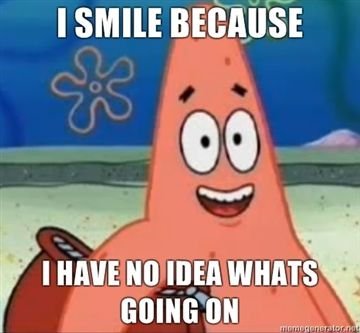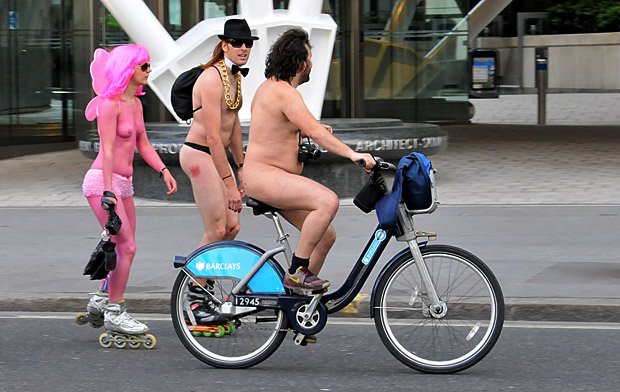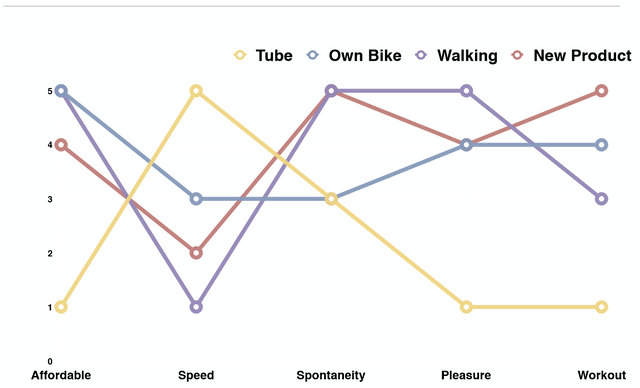How to Launch a Start-Up (iii) - The Job Story
In the last part I examined Minimum Viable Segments and looked briefly at how important it is to design products and services which address your customers’ real needs when they are trying to get a specific job done.
So how do you find out more about what job people need to be done for them. Nothing beats real life observation!

In order to solve a problem for someone you need to see and understand how people try to get the job done with the current solutions available to them. You cannot do this by researching statistics on Google. You must get out of the building and meet real customers. Its a good idea to aim to observe about 25 case studies before you can see real patterns emerging.
It is far better to observe and document what people actually do as opposed to what they tell you. However, if observing them is not possible, interviewing them is useful as long as the interview has the appropriate focus. The best technique is to get people to tell you what they have done in the past to solve the problem. You must avoid talking about your potential solution or asking people to tell you what they would do at this stage.
People do not really know what they would do.

Even if they do, they will often be reluctant to tell you the truth, especially if it involves revealing their weaknesses or anxieties.
So your goal when trying to come up with a job story should be get revealing answers to the following questions:
When ___ (Situation) Find out about the context in which a customer considers hiring a product or service. Try and refine it as much as you can based on real evidence.
I want to ___ (Motivation and Forces) Consider why the customer is trying to accomplish the goal. This is where it pays to go beyond the superficial and really consider what is driving them. This needs to include emotions as well as logical reasoning. It needs to include what attracts them about the situation as well as what they might be worried about.
So I can ___ (Expected Outcome) What will be considered an appropriate result by the customer?
To illustrate the above, let’s consider the example of a city dweller who might be a target for rental bikes

Situation: When I’m in London, it’s a sunny day, and I need to get somewhere for a meeting less than 3 miles away but I have time.
Motivation: I want to get to my appointment in time, but avoid the tube because it’s claustrophobic and expensive, enjoy the fresh air, feel like I’m making healthy choices which increase my fitness, and that my day is not all about work.
Expected Outcome: So that I can arrive on time, feeling fit and alert.
You can see where the new product would fit on the graph below, and from this figure out who to target as the Minimum Viable Segment.

More to come soon.
Catch up on previous parts:
Part 1 - Intro - https://steemit.com/startups/@sroka87/how-to-launch-a-start-up-introduction
Part 2 - Minimum Viable Segment - https://steemit.com/startups/@sroka87/how-to-launch-a-start-up-minimum-viable-segment
Great! I will continue to follow your texts, thank you!